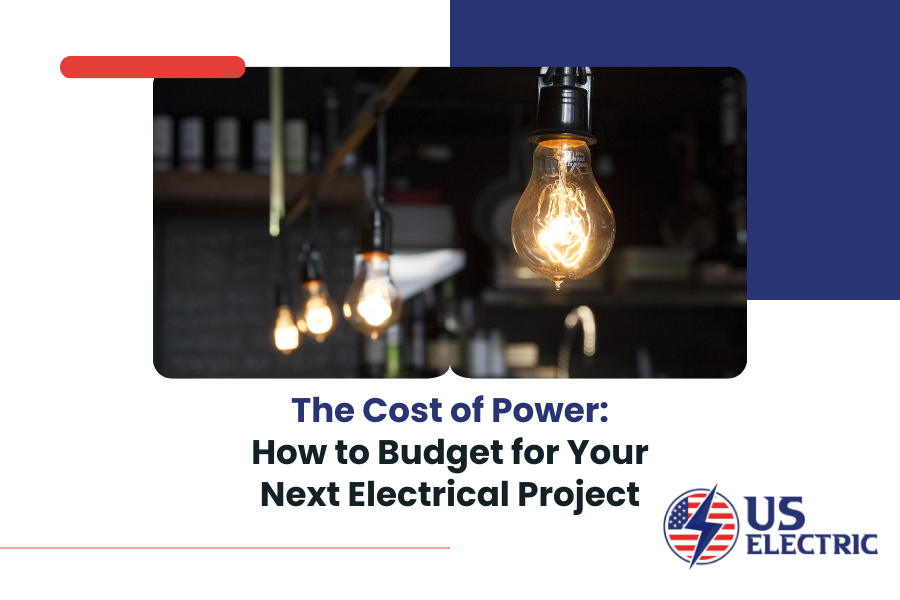Embarking on an electrical project, whether for new construction, a renovation, or a system upgrade, involves significant financial planning. Understanding the costs associated with electrical work, including the cost of power, can help you budget more effectively. Ensure your project meets regulatory standards and aligns with your financial goals with this comprehensive guide brought to you by US Electric.
Understanding the Scope of Your Electrical Project
Before diving into the numbers, it’s crucial to define the scope of your project. Are you wiring a new building, upgrading an old system, or perhaps installing smart home technology? The scope will significantly influence the materials needed, the labor involved, and the time it will take to complete.
Initial Assessment and Planning
Start with a detailed assessment conducted by a professional. This step can help identify potential challenges or special requirements that may increase the overall cost. Planning should also include checking for compliance with local codes and standards, which can affect the type of materials and methods used.
Breakdown of Electrical Project Costs
When budgeting for an electrical project, consider the following components:
1. Labor Costs
Labor typically comprises a significant portion of the total project cost. The rates can vary widely depending on the complexity of the project and the qualifications of the electricians. Specialized work, such as industrial or commercial installations, often requires higher rates due to the expertise and certifications needed.
2. Materials and Equipment
The cost of materials can fluctuate based on the quality and type required. For instance, copper wire costs more than aluminum wire but is also more durable and has higher conductivity. Include costs for panels, switches, fixtures, and other supplies. It’s wise to ask for a detailed quote that breaks down all material costs.
3. Permits and Inspections
Depending on your location, you may need to secure several permits before commencing any electrical work. The cost of these permits can vary by municipality. Additionally, budget for inspection fees to ensure your project meets all safety standards and regulations.
4. Contingency Fund
It’s a good practice to include a contingency fund in your budget to cover unexpected costs. Typically, this is about 10-20% of the total project cost. Unexpected issues, such as finding outdated wiring that needs replacement, can increase your expenditures.
Tips for Keeping Your Project on Budget
Prioritize Essential Work
Focus on essential upgrades and installations that ensure safety and efficiency. This approach can help manage costs effectively while achieving compliance and functionality.
Get Multiple Quotes
Obtaining several bids from different contractors can provide a clearer picture of the project costs and help you find the best balance between quality and price.
Consider Long-term Savings
Investing in high-quality materials and smart technologies might have higher upfront costs but can lead to significant savings in energy costs and maintenance down the line.
Regular Communication
Keep regular communication with your contractor to stay informed about the project’s progress and any potential changes to the budget.
Conclusion
Budgeting for an electrical project requires careful planning, a clear understanding of the necessary tasks, and a bit of foresight to handle unexpected developments. By considering the detailed breakdown of costs and following strategic budgeting tips, you can ensure that your project is completed on time, within scope, and on budget. At US Electric, we’re committed to providing transparent pricing and expert advice to help you navigate your next electrical project successfully.


